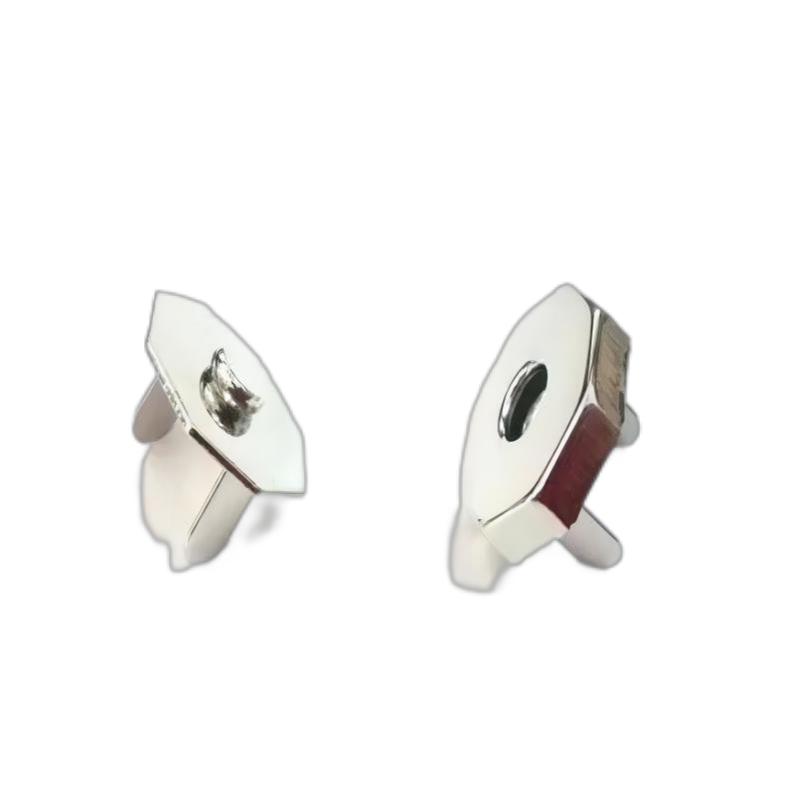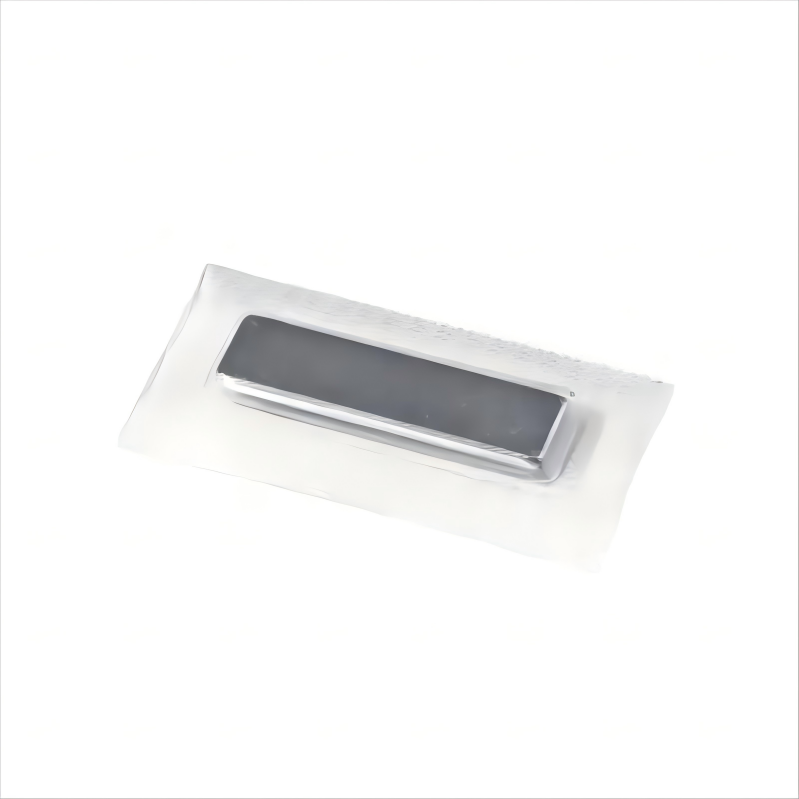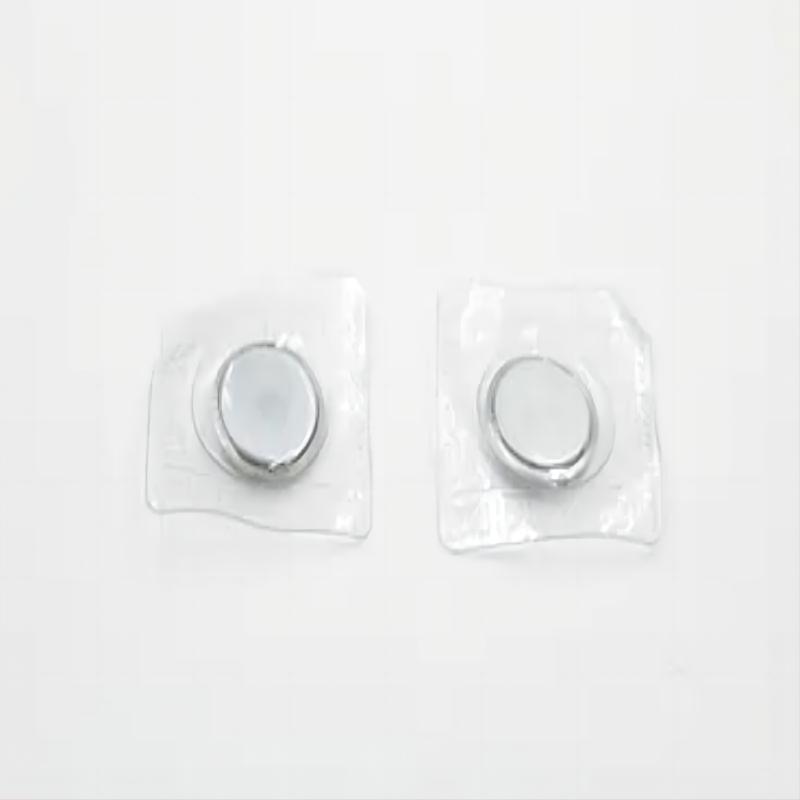Differentiating the Magnetism in Magnets for Fashion, Bags, and Handbags
 Differentiating the Magnetism in Magnetic Buttons, Magnets, and Invisible Magnets for Fashion, Bags, and Handbags
Differentiating the Magnetism in Magnetic Buttons, Magnets, and Invisible Magnets for Fashion, Bags, and Handbags
When it comes to fashion, bags, and handbags, magnetic buttons, magnets, and invisible magnets are essential components that ensure functionality and style. The magnetism of these elements can vary significantly based on their material, strength, and application. Understanding how to differentiate between the various types of magnetism and their grades is crucial for selecting the right magnet for each specific use.
Differentiating Magnetism
Material Type:
Neodymium Magnets (NdFeB): These are among the most powerful rare-earth magnets available. They are frequently used in high-end fashion accessories and handbags where a strong magnetic force is needed in a compact size. Neodymium magnets provide excellent magnetic strength, making them ideal for applications requiring reliable closure, such as handbag flaps or wallets.
Ferrite Magnets: Also known as ceramic magnets, ferrite magnets are commonly used in applications where a moderate magnetic force is sufficient. They are more cost-effective and are often found in everyday bags and apparel where the magnetic closure doesn’t need to be as strong as with neodymium magnets.
Magnetic Strength:
The strength of magnets is typically measured in terms of their pull force or energy product (measured in MegaGauss-Oersteds or MGOe). Neodymium magnets can range in strength from N35 to N52, with higher numbers indicating stronger magnetism. For example, an N52 neodymium magnet will be significantly stronger than an N35 magnet of the same size.
Ferrite magnets, while less powerful, still offer sufficient magnetic force for many standard applications. Their magnetic strength is lower, typically around 3.5 MGOe, compared to neodymium magnets, which can exceed 40 MGOe.
Magnetism Grades
Magnetism can indeed be graded, especially for neodymium magnets, which are classified by an “N” rating followed by a number. This number indicates the maximum energy product of the magnet:
N35 to N42: These grades are common in everyday products where strong magnetism is required, but not to an extreme degree.
N45 to N52: These higher-grade magnets are used in more demanding applications, such as in high-end leather goods or handbags that require a strong, secure closure.
Commonly Used Magnets in Handbags and Wallets
For most handbags and wallets, neodymium magnets are the preferred choice, particularly in high-quality or designer products. Their small size and powerful magnetic force make them ideal for ensuring that flaps, clasps, and closures remain securely fastened while maintaining a sleek appearance. N42 to N48 grades are commonly used in these applications as they provide a balanced combination of strength and cost-effectiveness.
On the other hand, ferrite magnets may be used in more budget-conscious products where moderate magnetic force is sufficient. These are often found in standard or mass-produced handbags and wallets, providing reliable but less intense magnetic closure.
In summary, the magnetism in magnetic buttons, magnets, and invisible magnets used in fashion,wallet, bags, and handbags can be differentiated by their material composition and magnetic strength. Neodymium magnets, especially those in the N42 to N48 range, are commonly used in high-end applications due to their superior strength and compact size. Ferrite magnets, while less powerful, are still a viable option for products requiring moderate magnetic force. Selecting the appropriate type and grade of magnet is essential to ensure the functionality and durability of the product, aligning with both design requirements and customer expectations.






